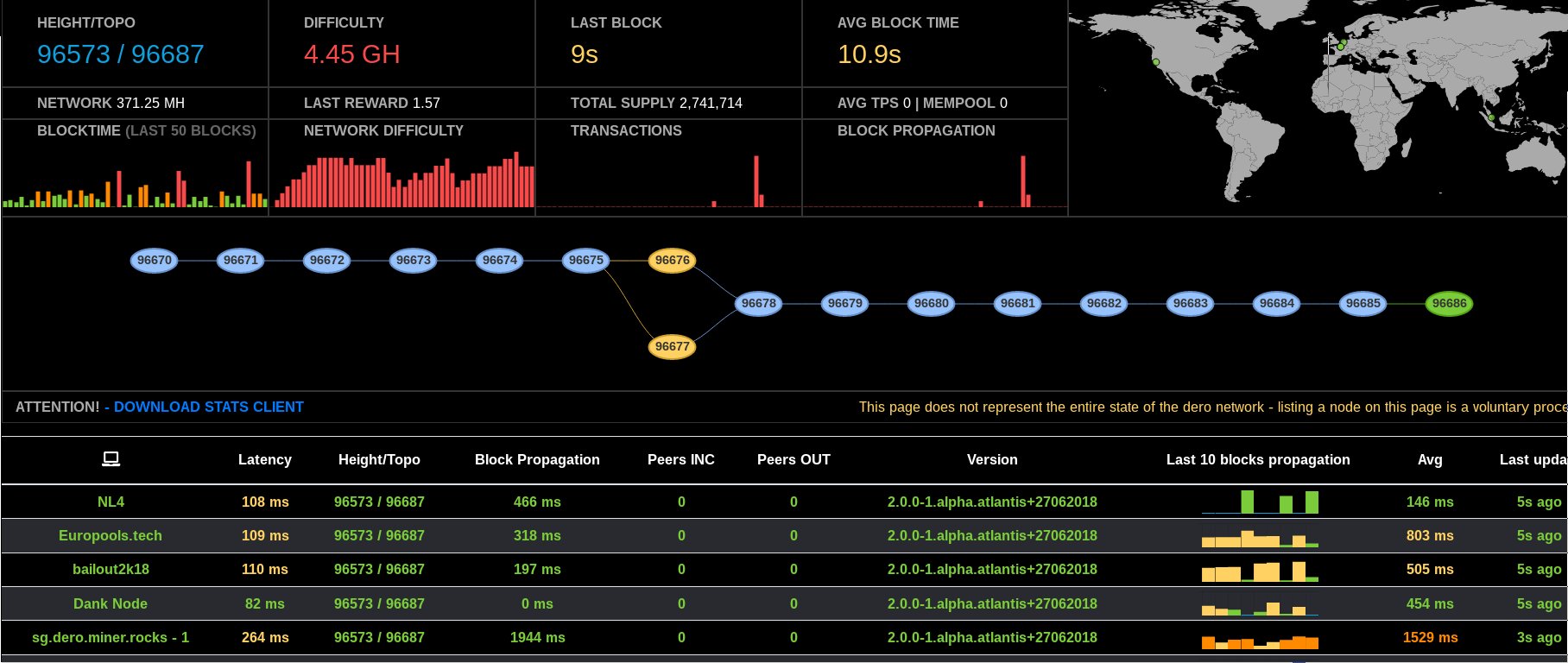Deploy HCP Vault & AWS Transit Gateways via Terraform
https://medium.com/hashicorp-engineering/deploying-hcp-vault-using-the-hcp-terraform-provider-5e2f13bcf9f4
Dynamic AWS Credentials in GitLab Pipelines with Hashicorp Vault
https://medium.com/@jackalus/dynamic-aws-credentials-in-gitlab-pipelines-e7d931f41ac6
Hashicorp Vault for secret management in Kubernetes Cluster
https://medium.com/geekculture/hashicorp-vault-for-secret-management-in-kubernetes-cluster-de0cfe2fd8df
How to Set Up Hashicorp Vault Secrets Server in AWS.
https://medium.com/tulcolabs/setting-up-hashicorp-vault-with-aws-5468074d87c3
HashiCorp Vault AWS Secrets Engine.
https://marco-urrea.medium.com/hashicorp-vault-aws-secrets-engine-3297bf3ffbd4
How I Manage Credentials in Python Using AWS Secrets Manager
https://towardsdatascience.com/how-i-manage-credentials-in-python-using-aws-secrets-manager-1bd1bf5da598
Vault 

Please note: We take Vault's security and our users' trust very seriously. If you believe you have found a security issue in Vault, please responsibly disclose by contacting us at [email protected].
- Website: https://www.vaultproject.io
- IRC:
#vault-toolon Freenode - Announcement list: Google Groups
- Discussion forum: Discuss
- Documentation: https://www.vaultproject.io/docs/
- Tutorials: HashiCorp's Learn Platform
- Certification Exam: Vault Associate
Vault is a tool for securely accessing secrets. A secret is anything that you want to tightly control access to, such as API keys, passwords, certificates, and more. Vault provides a unified interface to any secret, while providing tight access control and recording a detailed audit log.
A modern system requires access to a multitude of secrets: database credentials, API keys for external services, credentials for service-oriented architecture communication, etc. Understanding who is accessing what secrets is already very difficult and platform-specific. Adding on key rolling, secure storage, and detailed audit logs is almost impossible without a custom solution. This is where Vault steps in.
The key features of Vault are:
-
Secure Secret Storage: Arbitrary key/value secrets can be stored in Vault. Vault encrypts these secrets prior to writing them to persistent storage, so gaining access to the raw storage isn't enough to access your secrets. Vault can write to disk, Consul, and more.
-
Dynamic Secrets: Vault can generate secrets on-demand for some systems, such as AWS or SQL databases. For example, when an application needs to access an S3 bucket, it asks Vault for credentials, and Vault will generate an AWS keypair with valid permissions on demand. After creating these dynamic secrets, Vault will also automatically revoke them after the lease is up.
-
Data Encryption: Vault can encrypt and decrypt data without storing it. This allows security teams to define encryption parameters and developers to store encrypted data in a location such as SQL without having to design their own encryption methods.
-
Leasing and Renewal: All secrets in Vault have a lease associated with it. At the end of the lease, Vault will automatically revoke that secret. Clients are able to renew leases via built-in renew APIs.
-
Revocation: Vault has built-in support for secret revocation. Vault can revoke not only single secrets, but a tree of secrets, for example all secrets read by a specific user, or all secrets of a particular type. Revocation assists in key rolling as well as locking down systems in the case of an intrusion.
Documentation, Getting Started, and Certification Exams
Documentation is available on the Vault website.
If you're new to Vault and want to get started with security automation, please check out our Getting Started guides on HashiCorp's learning platform. There are also additional guides to continue your learning.
Show off your Vault knowledge by passing a certification exam. Visit the certification page for information about exams and find study materials on HashiCorp's learning platform.
Developing Vault
If you wish to work on Vault itself or any of its built-in systems, you'll first need Go installed on your machine. Go version 1.16.2+ is required.
For local dev first make sure Go is properly installed, including setting up a GOPATH. Ensure that $GOPATH/bin is in your path as some distributions bundle old version of build tools. Next, clone this repository. Vault uses Go Modules, so it is recommended that you clone the repository outside of the GOPATH. You can then download any required build tools by bootstrapping your environment:
$ make bootstrap
...
To compile a development version of Vault, run make or make dev. This will put the Vault binary in the bin and $GOPATH/bin folders:
$ make dev
...
$ bin/vault
...
To compile a development version of Vault with the UI, run make static-dist dev-ui. This will put the Vault binary in the bin and $GOPATH/bin folders:
$ make static-dist dev-ui
...
$ bin/vault
...
To run tests, type make test. Note: this requires Docker to be installed. If this exits with exit status 0, then everything is working!
$ make test
...
If you're developing a specific package, you can run tests for just that package by specifying the TEST variable. For example below, only vault package tests will be run.
$ make test TEST=./vault
...
Acceptance Tests
Vault has comprehensive acceptance tests covering most of the features of the secret and auth methods.
If you're working on a feature of a secret or auth method and want to verify it is functioning (and also hasn't broken anything else), we recommend running the acceptance tests.
Warning: The acceptance tests create/destroy/modify real resources, which may incur real costs in some cases. In the presence of a bug, it is technically possible that broken backends could leave dangling data behind. Therefore, please run the acceptance tests at your own risk. At the very least, we recommend running them in their own private account for whatever backend you're testing.
To run the acceptance tests, invoke make testacc:
$ make testacc TEST=./builtin/logical/consul
...
The TEST variable is required, and you should specify the folder where the backend is. The TESTARGS variable is recommended to filter down to a specific resource to test, since testing all of them at once can sometimes take a very long time.
Acceptance tests typically require other environment variables to be set for things such as access keys. The test itself should error early and tell you what to set, so it is not documented here.
For more information on Vault Enterprise features, visit the Vault Enterprise site.





